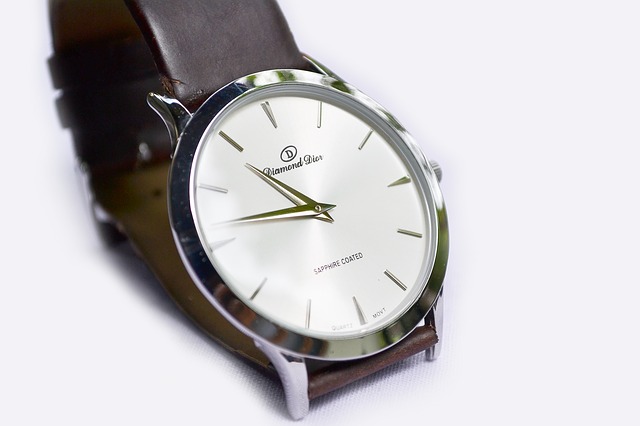His vs Him
The distinction between his and him is in the usage of each pronoun. His and Him are two case forms of the pronoun ‘he.’ Therefore, both of these forms exhibit some difference between them in terms of their usage. The word his is the possessive or the genitive form of the pronoun ‘he.’ Conversely, the word him is the objective form of the pronoun ‘he.’ This is the primary difference between the two words, namely, his and him. As you can see, these two forms, his and him, have different purposes. Hence, the difference between each form is characterized by this difference in purpose.
What does Him mean?
The form him is used as an object in a sentence. In other words, him is an object pronoun. To be more precise, him is the object pronoun of the third person singular subject pronoun ‘he.’ You can identify an object by asking the question ‘whom’ to the verb in the sentence. Consider the following sentences:
Mary asked him to be quiet.
Angela requested him to accompany her.
In the first sentence, the subject is Mary. That is because Mary is the person who performed the action of asking. Then, who is the object? The object is the person who comes under the power of the subject. So, whom did Mary ask to be quiet? The answer is him. Thus, you can see that him is used as the object in this sentence.
In the second sentence, him is also used as the object. Angela is the subject. Requested is the verb of the sentence. So, whom did Angela request to accompany her? The answer is him. Therefore, here also him is used as the object of the sentence.
What does His mean?
On the other hand, the form his is used as a possessive pronoun or a possessive adjective of the subject pronoun he. It is used in place of an apostrophe, as in the expression ‘Francis’ house’ or ‘his house.’ The word his refers to ‘Francis.’ So, the word his indicates someone’s possession or ownership of something. Observe the two sentences given below:
Francis looked at his watch and exclaimed.
Lucy asked his friend to listen to him.
This box is his.
In all the sentences, you can see that the word his is used in the possessive case. In the first and second sentences, the word his is used as a possessive adjective. As a result, his appears before a noun. This shows that each object belongs to someone. In the second sentence, you can see that both his and him are used. Lucy is the subject. Him is the object pronoun. His is the possessive adjective. In the last sentence, the word his is used as the possessive pronoun of the subject pronoun he. When a word is used as a pronoun, you no longer have to ensure it comes before a noun. So, accordingly, here, the word his stands alone as it is the possessive pronoun.
Both his and him are used only in the case of masculine nouns or pronouns. Their feminine counterparts are ‘her’ and ‘her,’ respectively. It is important to know that the object and the possessive forms of the feminine pronoun are one and the same. On the other hand, the possessive adjective and the possessive pronoun of the feminine pronoun are not one and the same. The possessive pronoun of she is hers.
What is the difference between His and Him?
• Definition:
• Him is the object pronoun of the subject pronoun he.
• His is the possessive pronoun and the possessive adjective of the subject pronoun he.
• Placement:
• Him as an object pronoun comes after the verb.
• His as the possessive adjective comes before a noun.
• His as the possessive pronoun appears in the suitable place in the sentence, alone.
• Feminine Forms:
• The feminine of him is her.
• The feminine of his as a possessive adjective is her.
• The feminine form of his as a possessive pronoun is hers.
These are the differences between the two important pronominal forms in the English language, namely, his and him.
Key Takeaways
- Him is the object pronoun of the subject pronoun he, while his is the possessive pronoun and possessive adjective of the subject pronoun he.
- Him as an object pronoun comes after the verb, his as a possessive adjective comes before a noun, and his as a possessive pronoun appears in the suitable place in the sentence, alone.
- The feminine form of him is her, the feminine form of his as a possessive adjective is her, and the feminine form of his as a possessive pronoun is hers.
